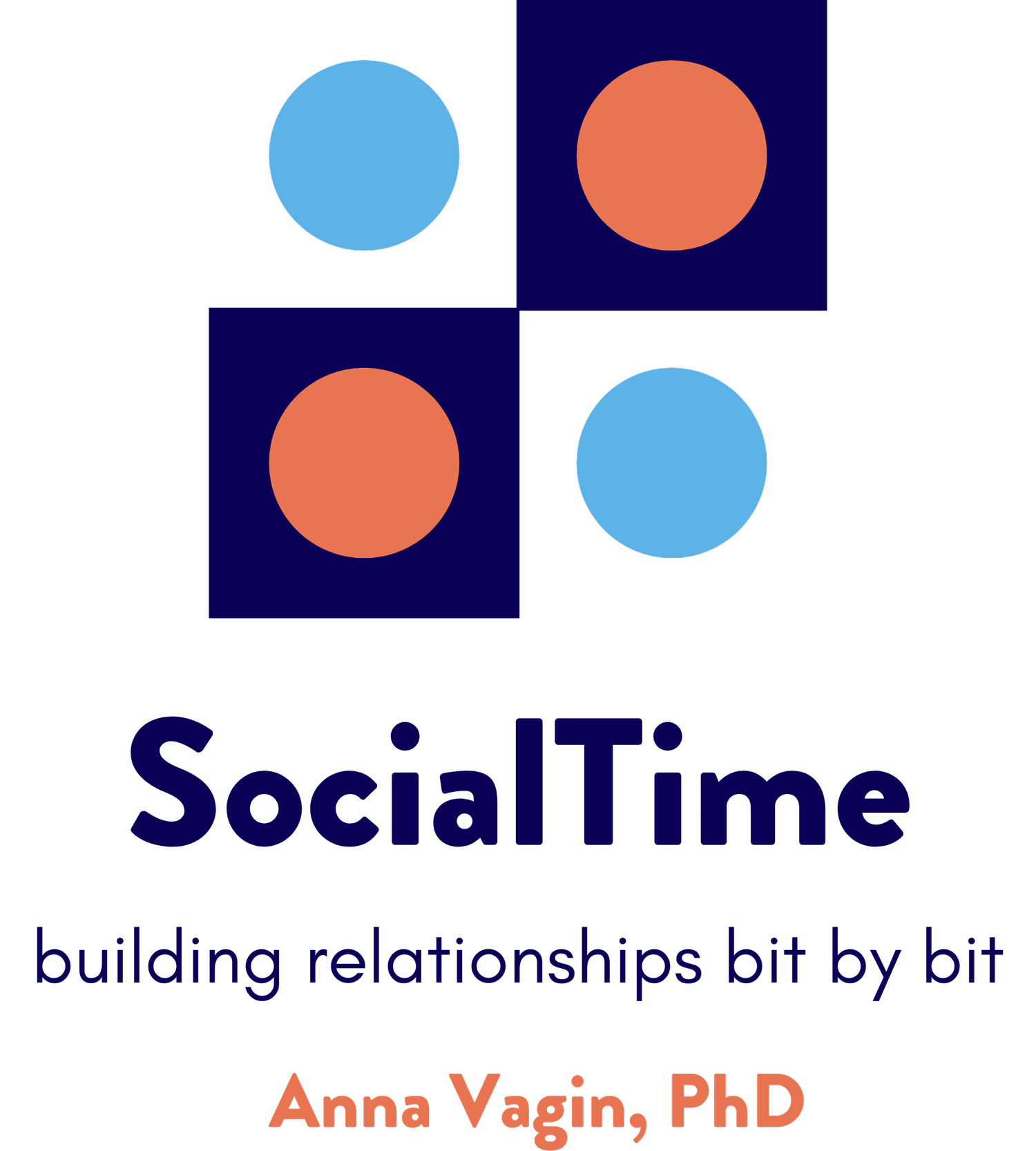Meeting our Students Where They are Today
Begin at the start
We all have goals🎯, written and some perhaps un-written, for our students. But to achieve any goal, we have to start at the beginning. Find where are students are THAT day, THAT session, and move forward from there. I was reminded of this over the past month, meeting with a new group of 3/4th graders.
We’ve had three sessions. Believe me, they have been action-packed. These boys have high energy 🏃🏼♀️‼️, and we meet toward the end of the day. I provide healthy snacks, but often they come in holding remarkably large frozen yogurts doused in sugary toppings from the shop downstairs – yikes!!
This group is working on increasing their ability to: talk about feelings, connect thoughts and feelings, increase their perspective taking, and recognize that their actions impact the feelings of others. And to begin learning how their neuro-diversities affect them. Just this week, one student said to the other two: “I’m neuro-diverse - I have ADHD, and, trust me, you guys are neuro-diverse too, even if you don’t know it yet.” The other two hadn’t yet heard that term – let the interesting discussions begin!🤔
So far, we have watched one Maca & Roni and talked about feelings. They loved M&R, and their work was pretty solid, but the energy and humor in the video led to some dis-regulation. For their next session, I chose a calmer animation. They were disappointed, but agreed to watch. I told them that we were going to stop and talk about the video as we watched, and that, afterwards, I was going to ask them to sketch one comfortable feeling and one uncomfortable feeling that they had observed. Our regulation-assisting gum, pretzels, and fidgets were standing by. We had spent some time moving and getting our bodies ready. Time to push PLAY.▶️
We watched Joy and Heron, by Passion Pictures. Humor and silliness were in the air. When I asked what Heron wanted (worms,) one student said a chicken sandwich. And that, as you can probably guess, led to an upward tick in silliness, and perseveration about chicken sandwiches. However, they really enjoyed the animation, were super engaged, and worked through a number of pauses and discussions. Afterwards, I asked them, for the first time in our group, to sketch:
Student 1: Two examples of uncomfortable: depressed and mad, and happy little birds🐦
Student 2: Great illustration of the man shushing Joy, seeing Joy as depressed (for being yelled at – is this what happens with my student? Maybe…) Great illustration of Heron giving Joy the fish, which he described as bombs.💣 A very interesting first sketch.
Student 3: Solid illustration, although it’s a bit hard to discern the dog’s sad expression.
They finished the activity (which took about 15 minutes start to finish) looking at each other’s illustrations, and we moved on to an active game of partnered river rafting on the Kinect. We previewed playing by reminding ourselves that we might feel comfortable (e.g. happy, satisfied) as well as uncomfortable (e.g. sad, frustrated) feelings as we played, just like we’d watched on Joy and Heron.
This group is starting on their journey of social learning together. Bit by bit, we are talking about what helps us learn, figuring out what our bodies need to be able to do their best work, how we can tune in to our feelings and sensations. Along the way, we will pass through (many) moments of dis-regulation, silliness, annoyance, frustration, joy, and so much more. My primary goal is to provide a supportive and safe place for these explorations. And to accept the starting point as the place from which we will begin.
Are you looking for animations to share with your students and would love an easy way to match videos with social concepts? Look no further, grab your digital download of my Maca & Roni Super Social Learning Spreadsheet!
I hope you find time in this season to slow down, rejuvenate, and spend time doing things that bring you joy.✨





